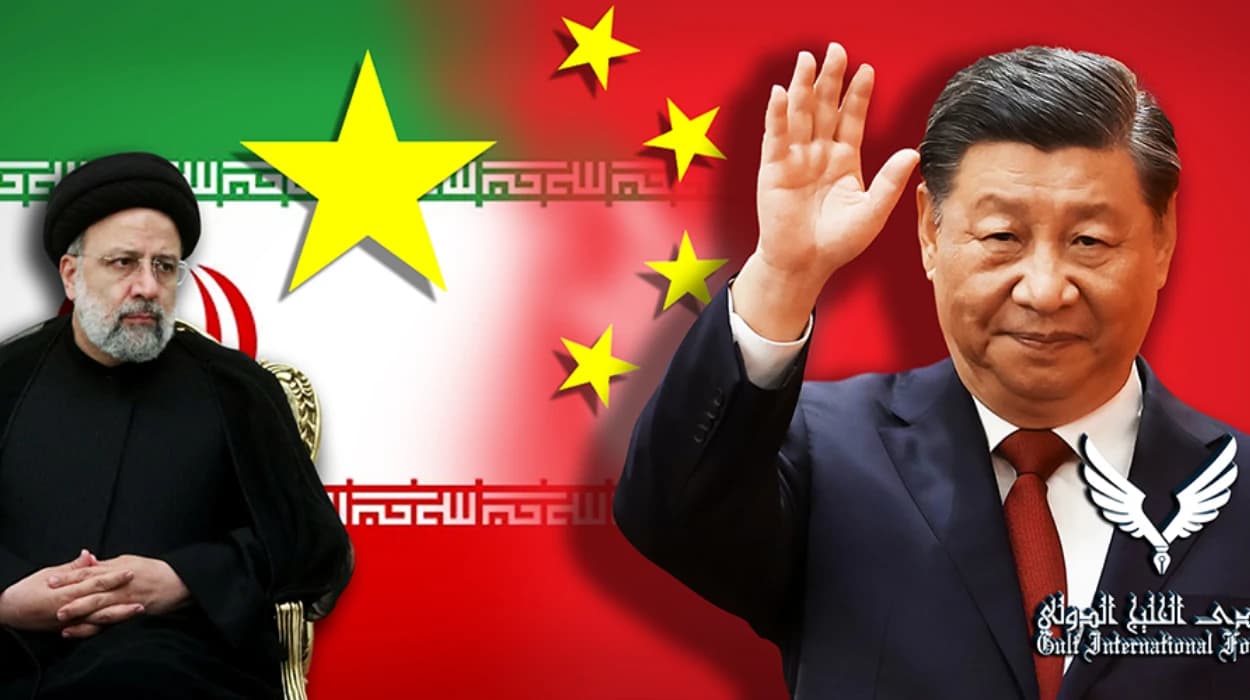The joint cultural heritage of Iran
and China serves as a vital bridge deepening bilateral relations beyond
economics, fostering connections rooted in ancient shared history. Cultural
diplomacy initiatives, including exhibitions and proposed cultural year
celebrations, underscore the significance of this heritage in strengthening
ties and expanding cooperation in arts, tourism, and education.
Rich Cultural Diplomacy Enhances Iran-China Relations
As reported by Reza Salehi-Amiri, Minister of Cultural Heritage, Tourism, and Handicrafts of Iran, joint cultural heritage plays a significant role in deepening relations between the two countries and acts as a bridge uniting the people. Salehi-Amiri’s message at the opening of the
"Armaghan-e Abrisham; a Review of Iran-China Relations"
exhibition highlighted cultural diplomacy as a key strategy for
advancing not only cultural but also economic and political development.
Salehi-Amiri emphasized,
“Iran and China, two large countries in East and West Asia with cultural and historical similarities, have had deep ties in the field of cultural and commercial relations since ancient times."
He noted the mutual religious influences through Zoroastrian and
Manichaean rituals and the historic dispatch of ambassadors and trade caravans
symbolizing this ancient civilizational connection. According to him, relations
must go beyond economic transactions to become a deep bond rooted in shared
cultural identity illuminating current interactions.
Exhibition Showcasing Over a Thousand Years of Exchange
The "Armaghan-e Abrisham" (Silk Gift) exhibition
at the National Museum of Iran showcases archaeological and artistic treasures
symbolizing over a millennium of cultural exchange. The exhibition aims to illuminate the long history of interaction
between the two civilisations, visible in literature, art, pottery, and
metalworking traditions found along ancient trade routes.
Salehi-Amiri pointed out that the proper scientific understanding
of shared cultural roots can inspire further meaningful cultural interactions
and collaborative research between Iranian and Chinese universities and
research centres. He also announced upcoming
programs focusing on maritime cultural heritage between the two nations, hoping
these efforts would enhance awareness and appreciation of the creativity that
defined their shared past.
Proposal to Designate 2026 as Cultural Year
Iran’s Minister of Culture and Islamic Guidance Abbas Salehi proposed naming 2026 the
“Cultural Year of Iran and China”
during a meeting
with China’s Vice Minister of Culture Gao Zheng in Hong Kong. Salehi referred to this project as a “unique opportunity" to
launch joint programs encompassing arts, tourism, and cultural heritage,
furthering their historical ties dating back to the Silk Road and the 25-year
comprehensive cooperation agreement signed in 2016 during President Xi
Jinping’s visit to Tehran.
Gao welcomed the proposal, highlighting that 2026 will also
mark 55 years of diplomatic relations between Iran and China and stressed
support for expanding cultural and tourism exchanges through goal-oriented
cooperation. The two agreed to form a joint committee of deputy ministers to
prepare for the cultural year, focusing on shared traditions including
painting, folklore, storytelling, and music.
Broader Regional Cultural Diplomacy Efforts
During the Asia Cultural Cooperation Forum, Salehi also met
Pakistan’s Minister of Heritage and Culture Aurangzeb Khan Khichi, highlighting
the importance of Persian as a foundational component of Pakistan’s cultural
heritage and identity, which connects the three countries through shared
civilizational bonds. Salehi called for joint artistic
productions, exhibitions, and festival participation aligned with cultural
cooperation goals.
Khichi described Iran as a "brotherly nation" and
advocated easing visa processes and collaborative documentary projects
exploring historical and religious links. He expressed readiness to engage more
deeply with Iran in cultural ventures based on the extensive shared roots.
Cultural Diplomacy’s Role in Tourism and Media Collaboration
In a separate interview with China’s Phoenix TV, Reza
Salehi-Amiri underscored the strategic partnership with China in tourism and
cultural heritage projects, emphasising the Silk Road’s legacy as a symbol of
civilizational and economic ties between East and West.
He outlined emerging areas of collaboration, such as joint language programmes,
media co-productions, artist exchanges, and historic site restorations, aimed
at deepening mutual understanding.
Salehi-Amiri highlighted the significance of digital tourism tools, including virtual reality and online tours, as innovative methods to enhance travel experiences while managing costs. He revealed plans for media cooperation with China’s CCTV network, joint promotional content, and increasing Chinese documentary filmmakers’ presence in Iran. Efforts to update Iran’s official tourism platform "Visit Iran" to include Chinese language support were also underway to reach East Asian audiences more effectively.
The joint Iranian-Chinese cultural heritage, embodied in
shared history, art, religion, and trade, continues to serve as a foundation
strengthening multifaceted bilateral cooperation. The upcoming cultural year,
exhibitions like "Armaghan-e Abrisham," and initiatives to foster
tourism, educational exchanges, and media partnerships illustrate a broad
commitment to leveraging cultural diplomacy for deeper ties.
As Minister Salehi-Amiri stated, these cultural interactions are not only a revival of a brilliant past but also a strategic path forward to forging stronger ties between the peoples of Iran and China—an enduring bond of heritage and a collaborative future.
